fact

Diamonds Are Forever: Artists and Writers on Baseball
For the uninitiated, the poetic mysteries of baseball can seem elusive if not downright silly. Diamonds Are Forever: Artists and Writers on Baseball (Chronicle), a print version of the Smithsonian Institution exhibition of the same name, doesn’t set

Detective Samuel de Champlain
One of the pleasures of reading for no particular reason is coming across hidden stories, involuntary essays, samples of what someone once called “found literature”—as opposed, I imagine, to the literature that states its official identity on the cover. Leafing through a book on Samuel de Champlain, I came across, of all things, a detective story.

Evictions
When Malcolm Lowry’s shack on the beach at Dollarton, B.C., burned to the ground in 1944, he and his wife Marjorie were able to save the manuscript of only one of the novels that he was working on at the time. A few months later the same manuscript had to be rescued again when the house that friends found for them in Oakville, Ontario, also burned to the ground.

Re-hanging the National Wallpaper
When I lived in Ottawa in the 1970s, I used to enjoy passing lazy afternoons at the National Gallery looking at the pictures. I remember how surprised I was when I first encountered the Group of Seven collection. These paintings were completely familiar—I’d seen them in schoolbooks and on calendars, posters, t-shirts, everywhere—yet at the same time they were completely unexpected.
.svg)
On Kiddie Porn: Sexual Representation, Free Speech and the Robin Sharpe Case
Stan Persky and John Dixon ask important questions in their book On Kiddie Porn: Sexual Representation, Free Speech and the Robin Sharpe Case (New Star). Is possession of a photograph depicting a criminal act a criminal act?
.svg)
Of a Fire Beyond the Hills: A Novel Based on News Stories
For the folks out there who are indifferent to what’s going on in Iraq and Afghanistan, this book seems to whisper, “Stop eating your grilled Gruyère cheese with Roma tomatoes and red onion on open-face sourdough long enough to read me, if you please






.svg)
























.jpeg)












































.jpg)
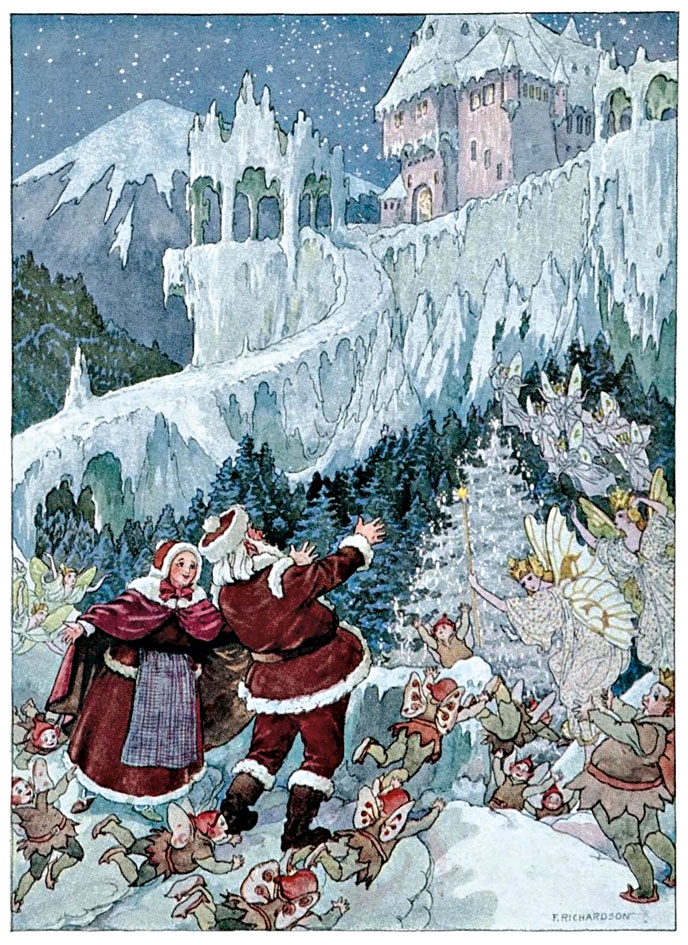
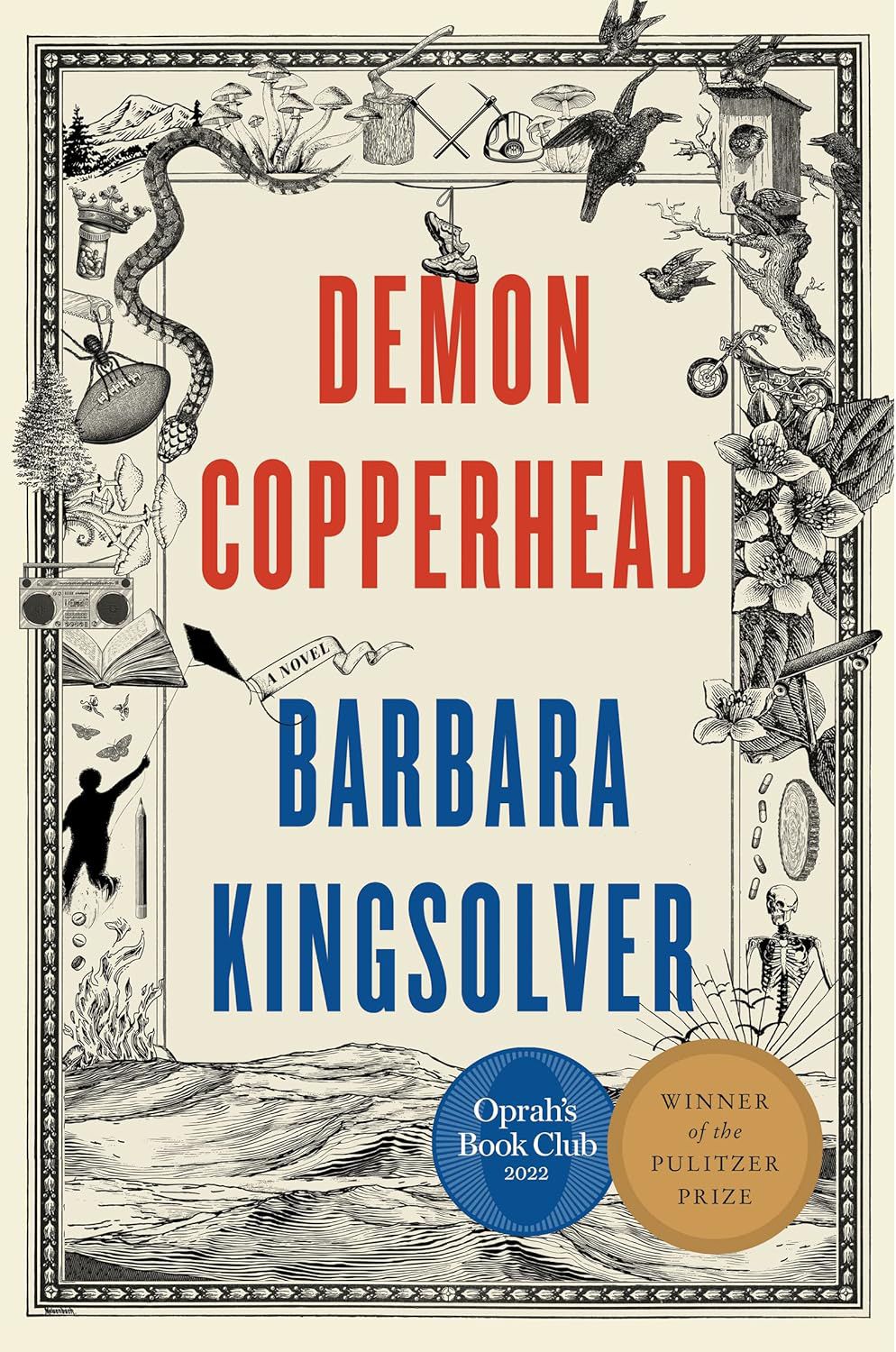



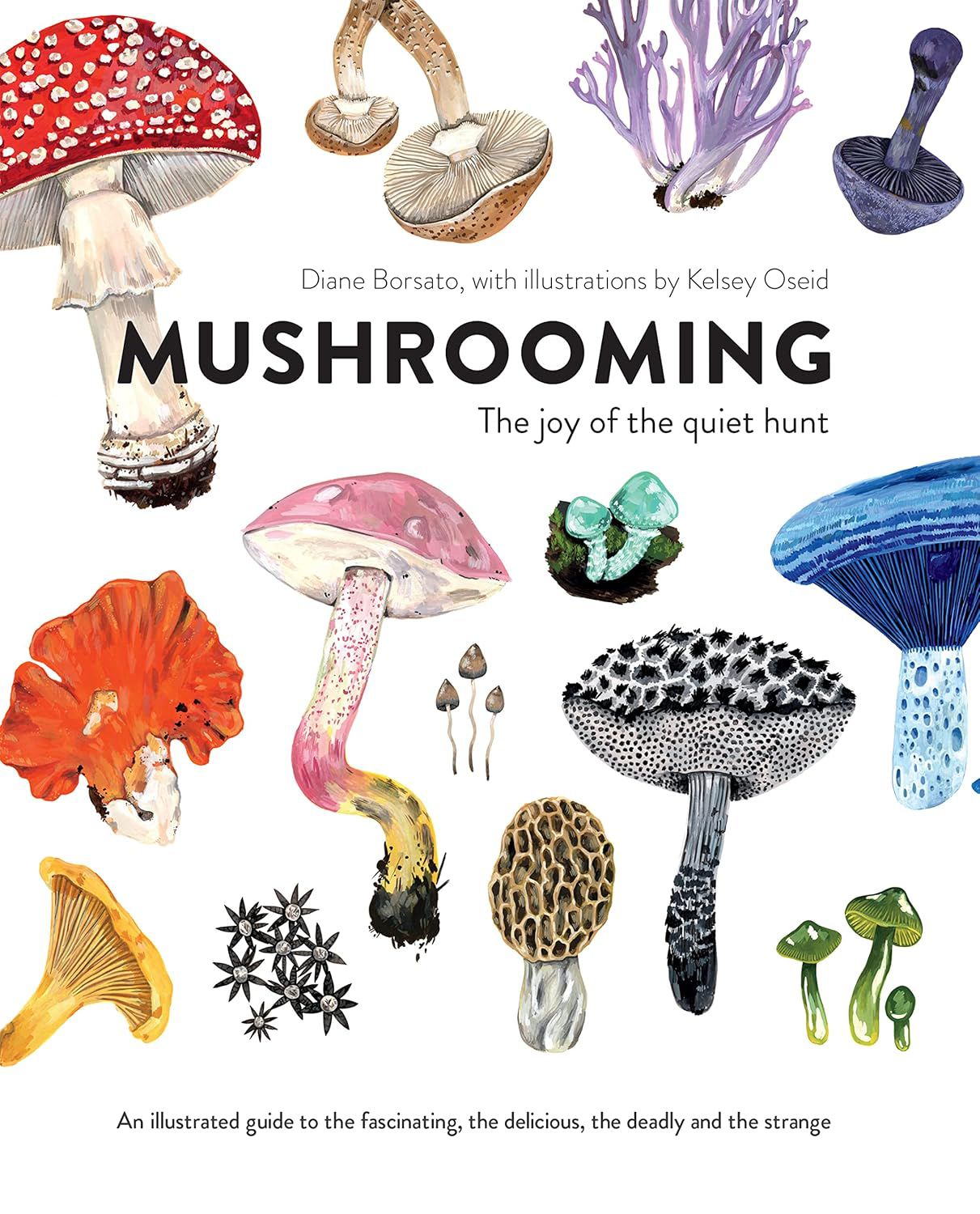


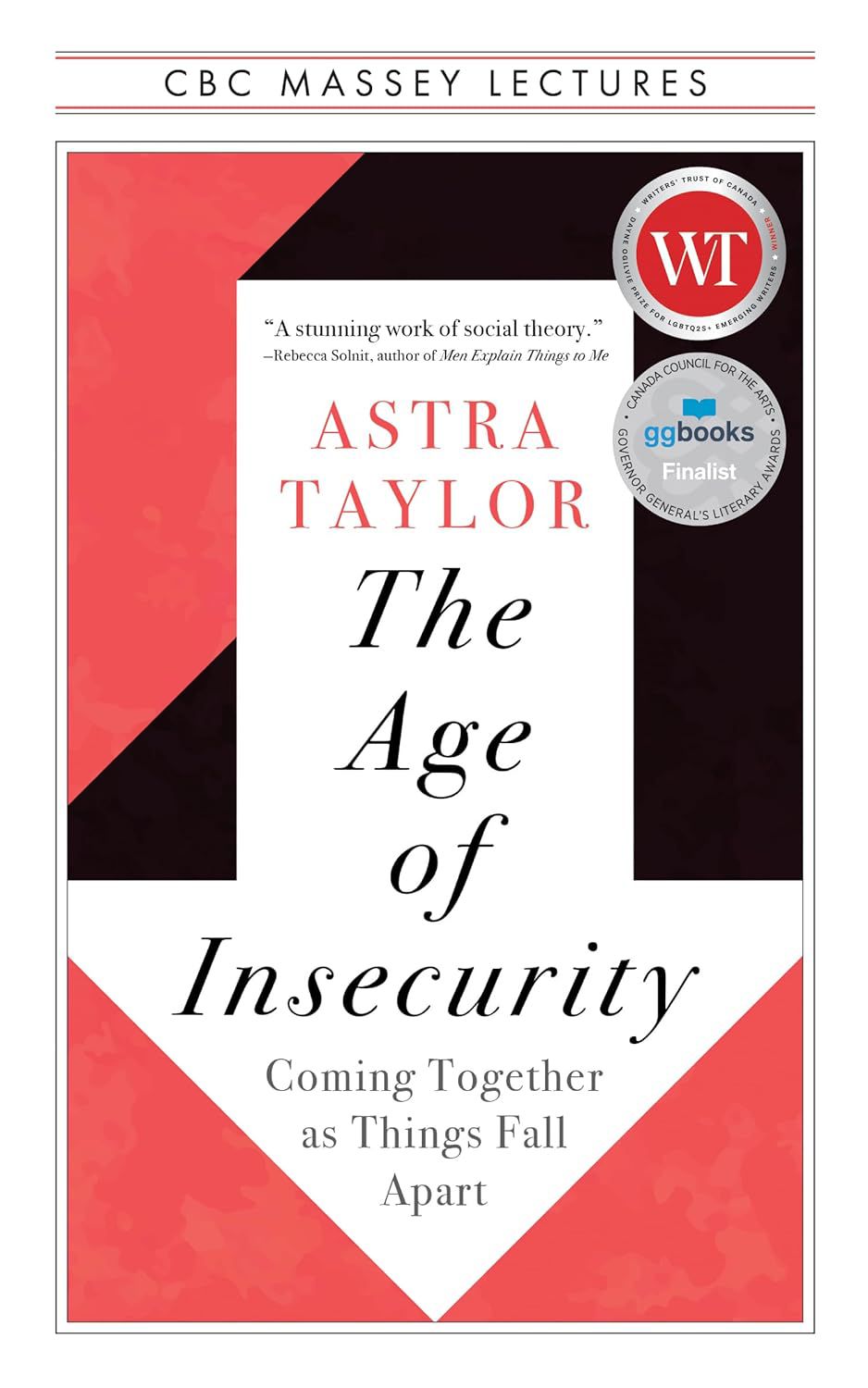
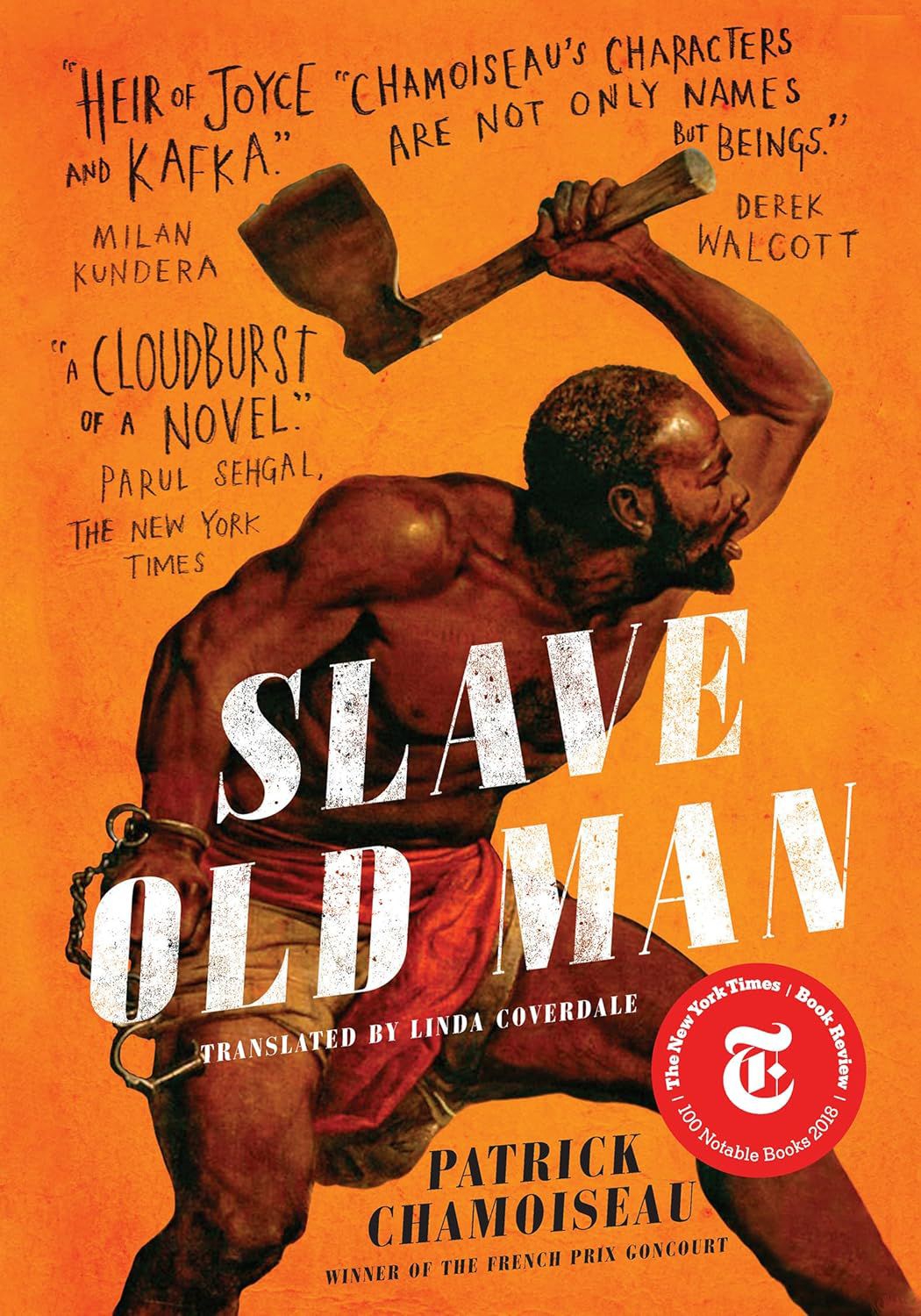

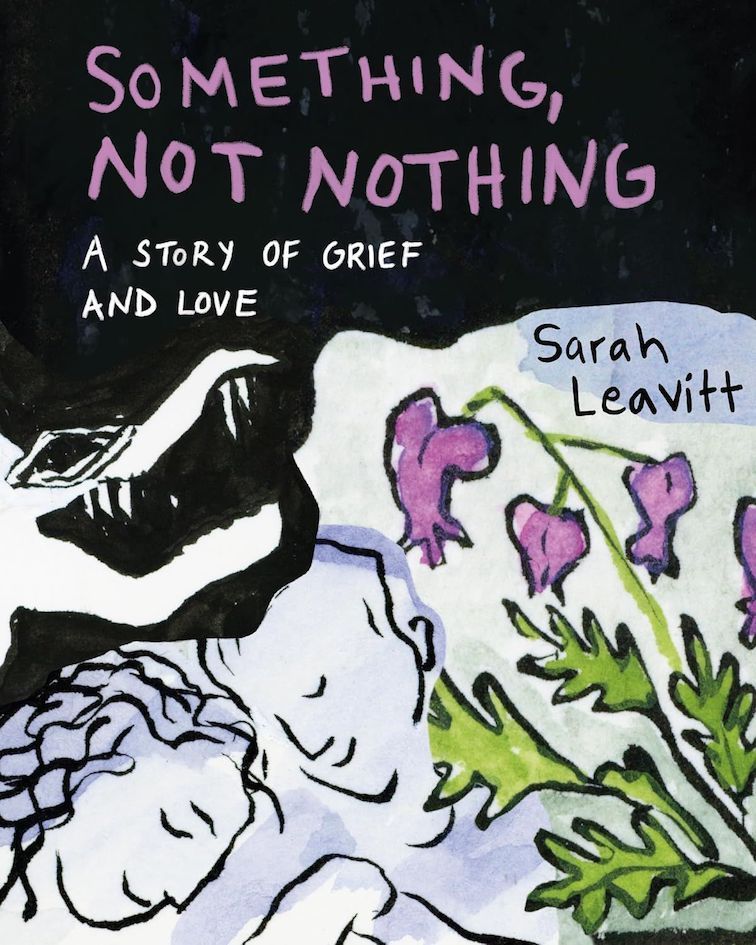
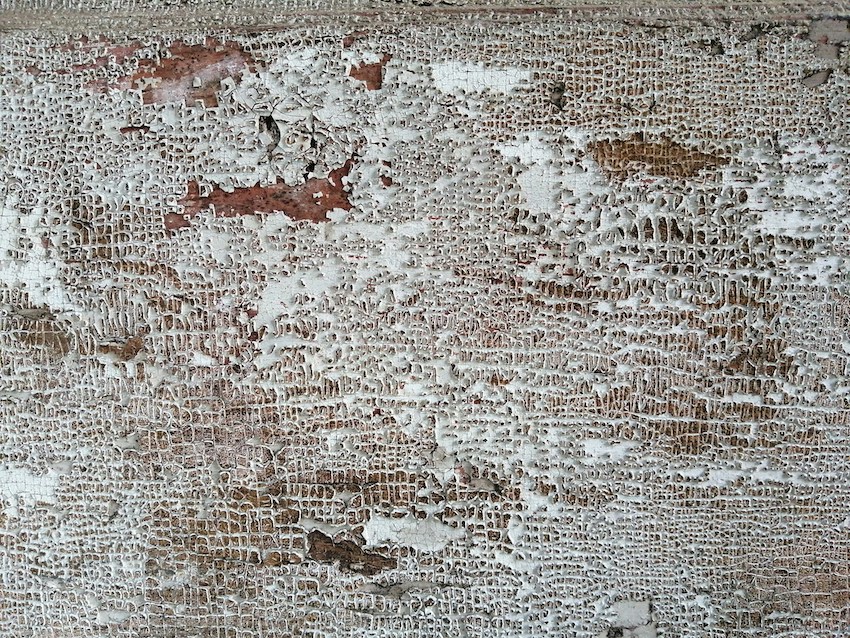








.jpg)